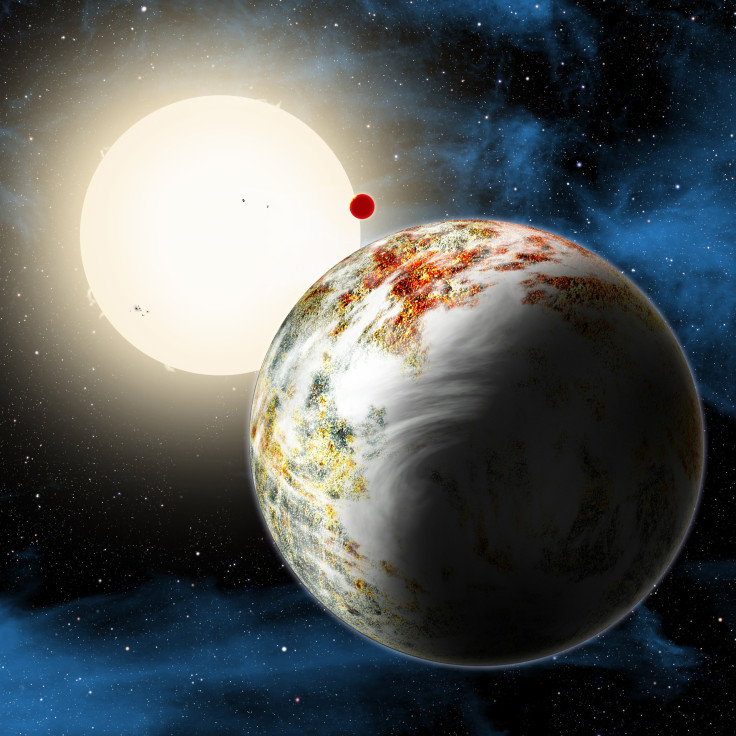Astronomers Discover Earth-Like Planet Which Could Sustain Water Just 13 Light-Years From Earth

Astronomers have discovered two planets orbiting an ancient star, one of which is located in the “Goldilocks zone” where temperatures are in the range to sustain liquid water. The two planets are orbiting Kapteyn’s star and the closer planet, Kapteyn b, has an orbital period of 45 days.
Kapteyn’s star is classified as a red dwarf and is smaller and cooler than our sun. The star is the second-fastest moving star in the night sky and can be seen in the southern constellation Pictor. For astronomers, Kapteyn b is of the most interest. The planet has an approximate mass five times that of Earth and orbits Kapteyn’s star every 45 days. This orbital period puts the star in the habitable zone of the star, also known as the “Goldilocks zone” as it is neither too hot nor too cold.
Kapteyn c has an orbital period of 121 days and is a more massive super-Earth than its sibling. As Kapteyn’s star is cooler than the sun, the habitable zone is much closer to the star than that of the sun, Earth has a 365-day orbit and if it were orbiting Kapteyn’s star it would be too cold to support liquid water.
Led by Guillem Anglada-Escude, from the Queen Mary University of London’s School of Physics and Astronomy, the astronomers used the High Accuracy Radial velocity Planet Searcher (HARPS) spectrometer, located at the European Southern Observatory’s La Silla observatory, to discover the two planets. According to the astronomers, Kapteyn’s star may have formed in a dwarf galaxy that was disrupted by a young Milky Way galaxy. Based on this history, the astronomers believe the planets could be 11.5 billion years old.
A video simulation of Kapteyn's star's history, created by Victor Robles, James Bullock and Miguel Rocha from the University of California - Irvine and Joel Primack from University of California - Santa Cruz, can be viewed below.
Anglada-Escude said in a statement, “We were surprised to find planets orbiting Kapteyn’s star. Previous data showed some moderate excess of variability, so we were looking for very short period planets when the new signals showed up loud and clear.”

Unlike recent planet discoveries, such as Kepler-10c, Kapteyn b and Kapteyn c are relatively close and were not discovered with NASA’s Kepler space telescope. According to the astronomers, more data and observations are needed to determine Kapteyn b’s ability to sustain water.
Planets are usually discovered via the transit method, measuring the drop in brightness as the planet passes in front of the star, and that data can be used to determine the approximate size, mass and orbital period. For example, the size and orbit of Kepler-10c was determined using Kepler space telescope data while the HARPS-North spectrograph was used to determine the composition of the planet. The astronomers will have to do something similar with Kapteyn b with a new set of data from other instruments to determine its composition and ability to sustain water.
The discovery of Kapteyn b and Kapteyn c was published in the Monthly Notices of the Royal Astronomical Society.
© Copyright IBTimes 2024. All rights reserved.





















